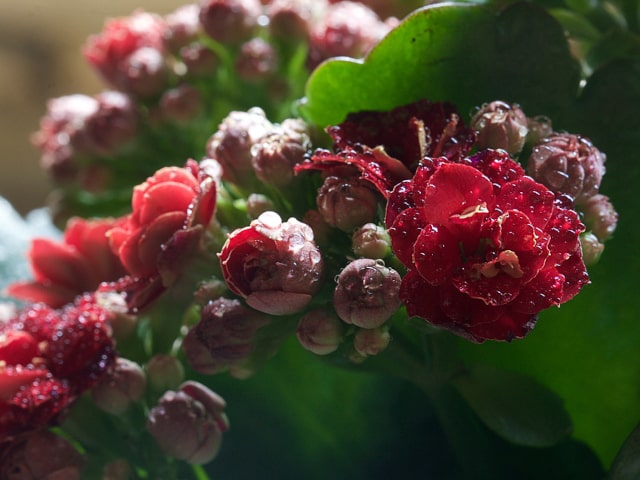
The beautiful kalanchoe makes a great and colorful houseplant. It is also good for landscape or even hanging baskets. It is a popular plant in the garden centers during the holiday season. This is a very unique plant that can be found in the bedding plant section of superstores or in many nurseries, especially in winter.
If you wish to grow kalanchoe, it's important to keep several things in mind. Above all, it's necessary to provide them with well-draining soil. Suitable soil is usually the key to successful growing of kalanchoe plants. Kalanchoe is considered a succulent, which means watering and drainage are crucial for the plant's health. For these reasons, factors such as watering regime and soil are important for success in growing kalanchoe.
How to Grow Kalanchoe Plants
There are several ways to propagate kalanchoes. This plant can be easily grown from seed, but it can also be started through a leaf or tip cutting. Some varieties can be even started from plantlets that can form along the leaf margin.
When you choose your desired method of starting kalanchoe plants, it's important to place them in a well-drained soil. Don't forget to move the pot to a brightly lit window, preferably a south-facing one. This is crucial during the winter months. Kalanchoe plants require lots of sunlight, so it's best to keep them in a bright location. They also require temperatures above 55 degrees F.
During summer, it's important to place your kalanchoe in a sunny location. You may choose to take it outdoors, but make sure you provide a warm place with lots of sunlight.
It's also important to feed your Kalanchoe with a balanced liquid fertilizer every 2 weeks during the growing season (in the spring and summer). Don't overdo it: two times per month is more than enough for the plant's needs.
Watering
Because kalanchoe is a succulent, the appropriate amount of watering is always an issue. During summer, watering should depend on the amount of natural rain available. In the winter, make sure to reduce watering so your kalanchoe can dry out between watering.
Never overwater your Kalanchoe. Make sure that the soil dries out between waterings. If you overwater the plant, the leaves may start to fall out. On the other hand, underwatering is also harmful. A clear sign of a plant not getting enough water are wrinkly leaves.
How to Force Blooms
After the plant has bloomed, it's important to prune back the flower stalk. Continue with care as usual. If you choose to bring the plant indoors during winter and you want it to bloom again, you must take care of the sunlight your kalanchoe receives.
Kalanchoe blooming is regulated by the amount of sunlight the plant gets. Kalanchoes are so-called "short day" plants. It's relatively easy to force them to bloom, but it takes some time (about 6 weeks). You should always count back the number of weeks before you want your kalanchoe to bloom. For example, if you want your plant to bloom around Thanksgiving, count back 6 weeks from this date.
Once you have the date set, it's important to allow the plant to dry out a little. After this, cover it with a cardboard box. Never use plastic bags, since they can cause the plant to sweat and rot. You should keep the plant covered for at least 14 hours per day, and then allow it to have bright sunlight (but not full sun).
Continue with this regime until the blooms form. Once you observe the blooms forming, place your kalanchoe in a sunny location and continue with care. With just a little care and time, your kalanchoe will produce wonderful, colorful blooms.
Photo credit: blackpictures
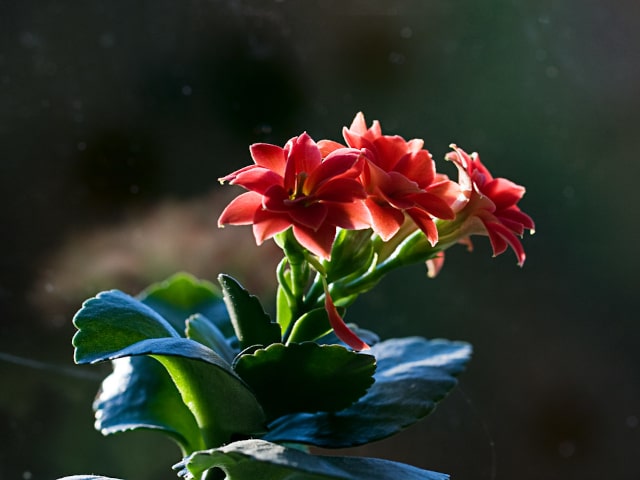
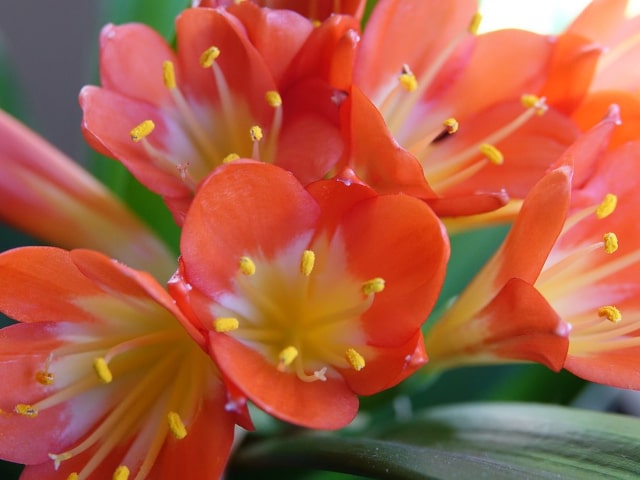
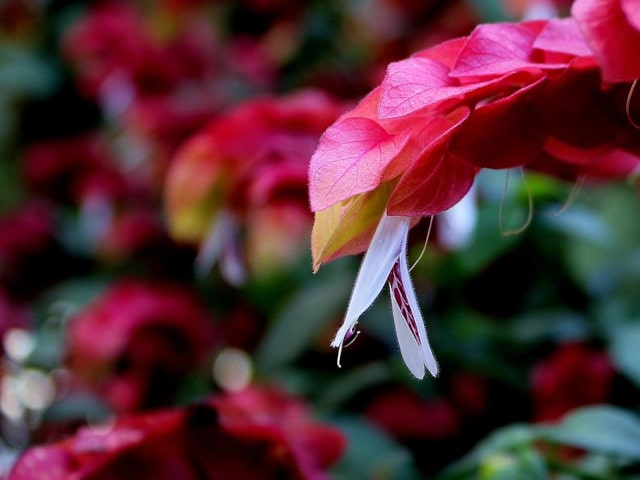
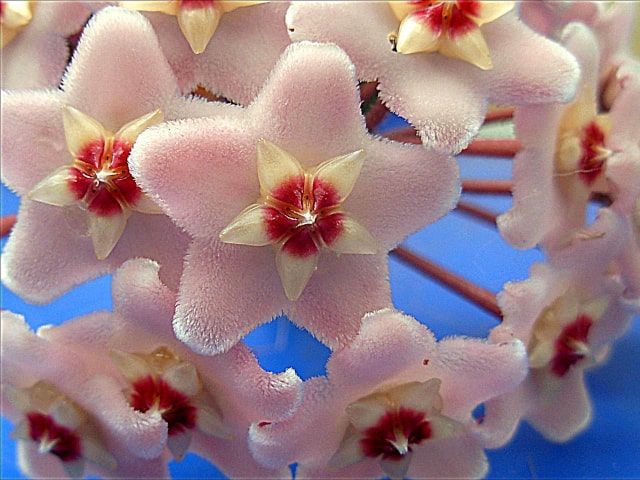
0 Comments